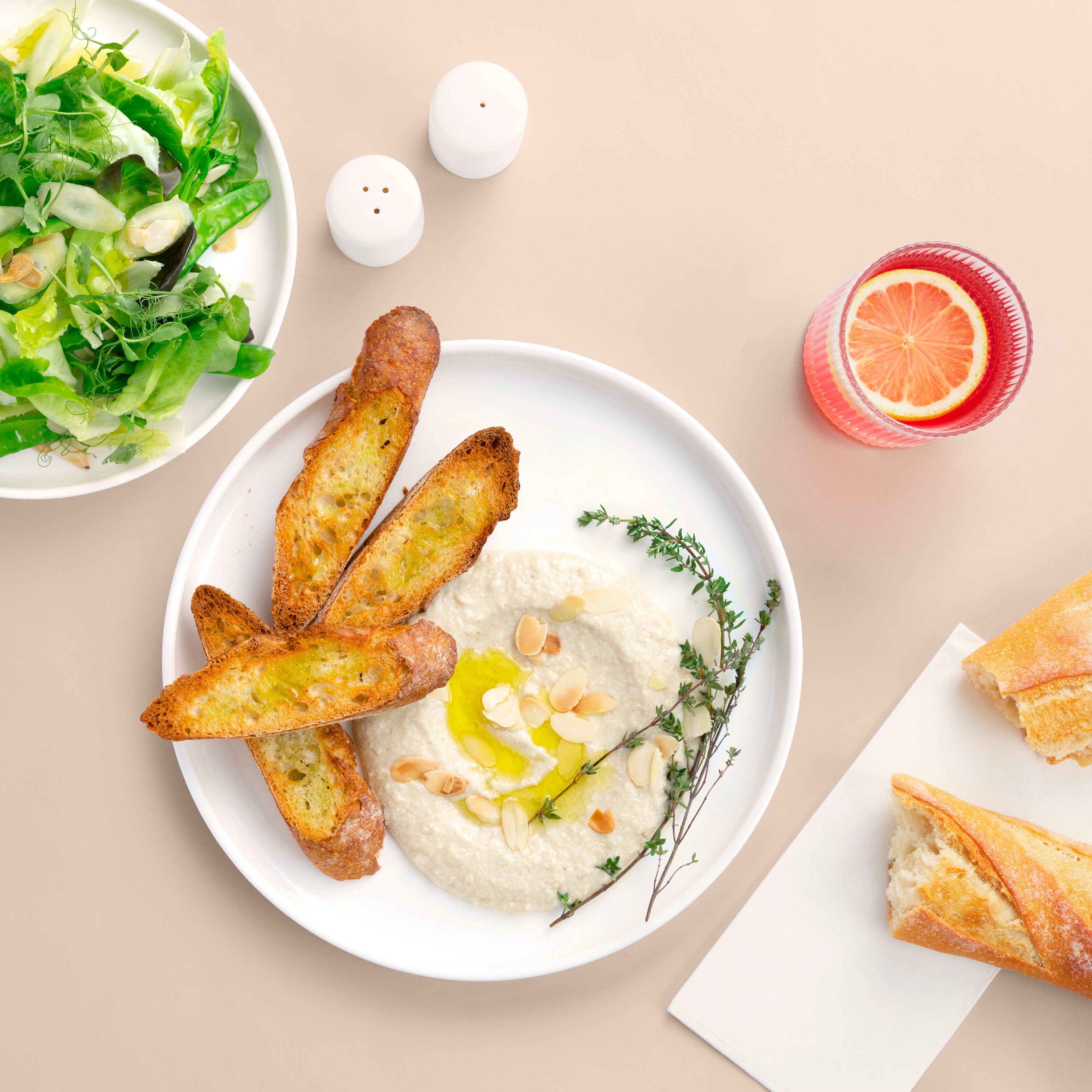


A generic term for several kinds of Italian cheeses that are made using spinning and then cutting (hence the name, as the Italian verb mozzare means "to cut").

An Italian cheese that can assume different textures, according to its aging, from smooth for the fresh Asiago (Asiago Pressato) to a crumbly texture for the aged cheese (Asiago d'allevo) of which the flavour is reminiscent of Parmesan.

A hard, salty Italian cheese, suitable primarily for grating, made out of sheep milk (the Italian word pecora, from which the name derives, means sheep).

A fresh cheese (as opposed to ripened or aged), grainy and creamy white in appearance, slightly sweet in taste, and contains around 13% fat.

A brined curd cheese traditionally made in Greece. A sheep's milk cheese, varying amounts of goats’ milk may be added, as long as goat milk makes up less than 30% of the total mixture.


A spicy Italian-American variety of salami made from cured pork and beef. It is a descendant of the spicy salamis of Southern Italy, such as salsiccia Napoletana piccante, a spicy dry sausage from Naples or the Soppressata from Calabria.

A style of pork sausage which is noted for its seasoning of fennel and/or anise, containing at least 85% meat, which can be no more than 35% fat.

A ball of ground meat where the meat is rolled into a ball along with other ingredients, such as bread or breadcrumbs, minced onion, various spices.

A dry-cured ham that is usually sliced thinly and served uncooked; this style is called prosciutto crudo in Italian.


Salted in brine, matured, then packed in oil or salt, they acquire a characteristic strong flavor.


Though mushrooms are commonly thought to have little nutritional value, many species are high in fiber and provide vitamins such as thiamine, riboflavin, niacin, biotin, cobalamins, ascorbic acid.

A large, plump mushroom that gets a meaty property when cooked.

Green peppers are less sweet and slightly more bitter than red, yellow or orange peppers.

Used widely in the Italian cuisine and the hot version is used all around the southern part of Italy as a common spice (sometimes it is served mixed with olive oil).

A medium- to large-sized chili pepper with a warm, burning sensation when eaten.

Caramelized to bring out the sweetness.

Has a characteristic pungent, spicy flavor that mellows and sweetens considerably with cooking.

A vegetable that becomes tender when cooked and develops a rich, complex flavor.

Spinach has a high nutritional value and is extremely rich in antioxidants, especially when fresh, steamed, or quickly boiled. It is a rich source of vitamin A (and especially high in lutein), vitamin C, vitamin E, vitamin K, magnesium, manganese, folate, iron, vitamin B2, calcium, potassium, vitamin B6, folic acid, copper, protein, phosphorus, zinc, niacin, selenium and omega-3 fatty acids.

In Italy, artichoke hearts in oil are the usual vegetable for spring in the 'Four Seasons' pizza (with olives for summer, mushrooms for autumn and prosciutto for winter).

Long, thinner-fleshed and smaller in wild plants than in orchard cultivars. Olives are harvested in the green to purple stage.

A large, black olive with a smooth and meatlike taste, is named after the city of Kalamata, Greece, and is used as a table olive. These olives are usually preserved in vinegar or olive oil.

